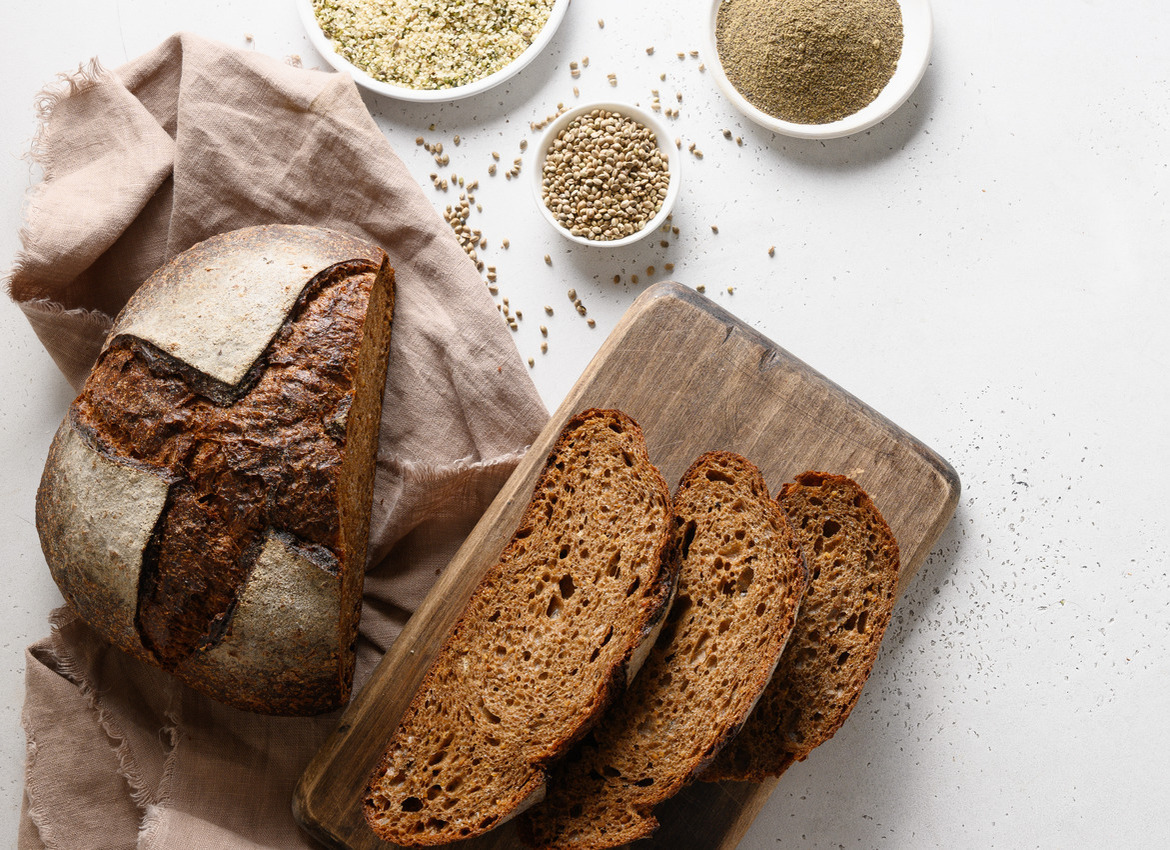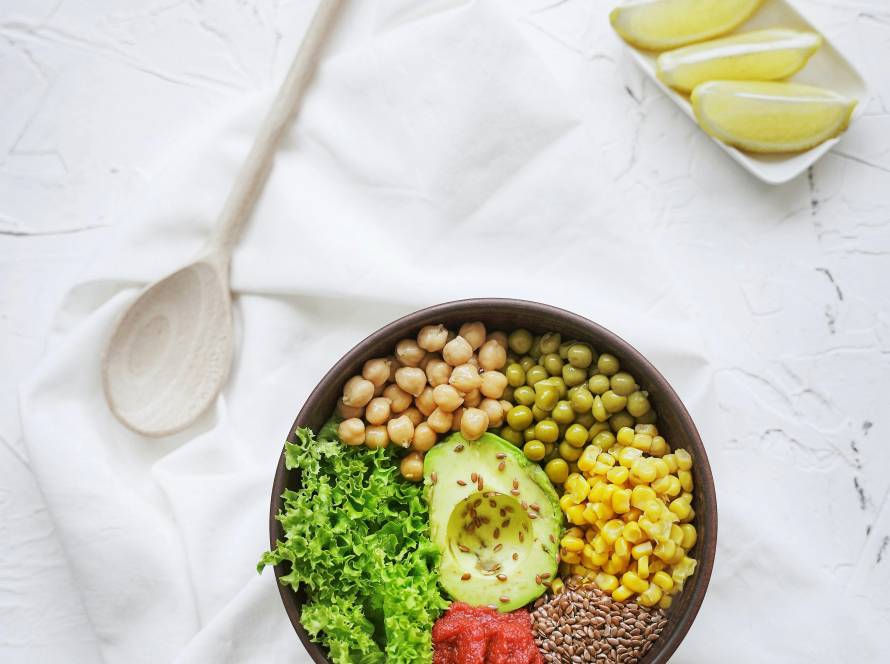As the world of gluten-free eating continues to evolve, many are turning to ancient grains to enhance their meals. These time-tested grains, which have been cultivated for thousands of years, are not only rich in nutrients but also provide exciting new flavors and textures for gluten-free diets. Let’s dive into how ancient grains can elevate your gluten-free meals.
What Are Ancient Grains and Why Are They Trending?
Ancient grains are nutrient-rich cereals and seeds that have remained largely unchanged over centuries, unlike modern wheat varieties that have been heavily modified. Examples include quinoa, amaranth, millet, teff, and sorghum. These grains are gaining popularity due to their impressive health benefits, such as being high in fiber, protein, vitamins, and minerals. Many are also naturally gluten-free, making them ideal for people with gluten sensitivity or celiac disease. As more people shift toward clean eating and whole-food diets, ancient grains are being embraced for their nutritional value, sustainable farming practices, and versatility in modern recipes, from salads to baked goods.
Health Benefits of Ancient Grains
Ancient grains have gained popularity in recent years for their impressive nutritional value and health benefits. Unlike modern refined grains, ancient grains like quinoa, farro, millet, amaranth, and spelt are typically less processed and retain more nutrients. These grains are rich in fiber, protein, vitamins, and minerals, making them a valuable addition to a balanced diet. Their natural composition supports digestive health, heart function, and blood sugar regulation.
Health Benefits of Ancient Grains:
- High in Fiber: Supports healthy digestion and helps prevent constipation.
- Rich in Protein: Aids in muscle repair and growth, especially important for vegetarians.
- Packed with Antioxidants: Helps fight inflammation and oxidative stress.
- Gluten-Free Options: Many ancient grains, like quinoa and amaranth, are naturally gluten-free.
- Heart Health: Can help lower cholesterol and blood pressure.
- Steady Energy: Low glycemic index helps maintain stable blood sugar levels.
- Nutrient Dense: Provides essential nutrients like iron, magnesium, and B vitamins.
Best Gluten-Free Ancient Grains You Should Know
Quinoa: A Complete Protein
Quinoa is one of the most popular ancient grains in gluten-free cooking. Known as a “superfood,” quinoa stands out for its complete protein profile, meaning it contains all nine essential amino acids that the body cannot produce on its own. This makes it an excellent choice for vegetarians, vegans, and those on a gluten-free diet who might need an alternative protein source. Quinoa is not just a protein powerhouse; it’s also packed with fiber, iron, magnesium, and antioxidants.
Teff: Tiny Grain, Big Benefits
Native to Ethiopia, teff is an ancient grain that is high in fiber, iron, and calcium. Despite its small size, teff has a major nutritional punch, offering significant health benefits. Its mild, nutty flavor makes it an excellent addition to a variety of dishes, from gluten-free flatbreads to baked goods. Teff is also particularly beneficial for bone health due to its high calcium content.
Amaranth: Protein-Packed & Mineral-Rich
Amaranth, another ancient grain from South America, offers a protein profile comparable to milk. This gluten-free grain is rich in iron and calcium, making it a fantastic option for those looking to boost their mineral intake. It is versatile and can be used in savory or sweet recipes, from hearty soups to delicious gluten-free muffins.
Culinary Uses of Ancient Grains in Gluten-Free Diets
Ancient grains bring diversity to gluten-free cooking and baking. Their unique textures and flavors allow for a wide range of creative dishes. Here are some ideas on how to use these grains in your kitchen:
Flours for Gluten-Free Baking
Ancient grains like quinoa flour, amaranth flour, and sorghum flour can be used as substitutes for traditional wheat flour in many recipes. These flours lend a slightly nutty flavor and contribute to the richness and texture of gluten-free bread, cakes, and cookies.
Salads and Bowls
For a quick and nutritious meal, quinoa or millet can be the base of a gluten-free salad or grain bowl. Add in roasted vegetables, a protein source like chickpeas or tofu, and a flavorful dressing for a well-rounded meal. You can even try sorghum for an earthy twist.
Porridge and Breakfast Dishes
Millet and amaranth are perfect for making a hearty and nutritious gluten-free porridge. Simply cook the grains with your favorite milk or plant-based alternatives, and top with fruits, nuts, or spices like cinnamon for a warm breakfast.

Why Ancient Grains Are Worth the Hype
Ancient grains are worth the hype because they offer a powerful combination of nutrition, sustainability, and flavor. Unlike modern processed grains, ancient grains like quinoa, teff, millet, and amaranth are rich in fiber, protein, antioxidants, and essential minerals. Many are naturally gluten-free, making them ideal for those with dietary restrictions. Their dense nutrient profile supports heart health, digestion, and sustained energy. Additionally, ancient grains gluten-free are often grown using eco-friendly farming methods, making them a more sustainable choice. With their unique textures and earthy flavors, they elevate both everyday meals and gourmet dishes—proving that healthy eating doesn’t have to be boring.
Conclusion
Ancient grains like quinoa, teff, amaranth, and millet are not only naturally gluten-free but also bring exceptional nutritional benefits and exciting flavors to the table. By incorporating these grains into your gluten-free diet, you can enhance the variety, taste, and health benefits of your meals. Whether you’re baking bread, preparing a grain bowl, or making a hearty breakfast, ancient grains offer endless culinary possibilities. So, start experimenting with these nutritional powerhouses and take your gluten-free meals to the next level.
Read Now
Gluten-Free Travel Tips: Safe & Delicious Dining Abroad
Embrace a Gluten-Free Lifestyle: Delicious, Healthy & Easy Tips



